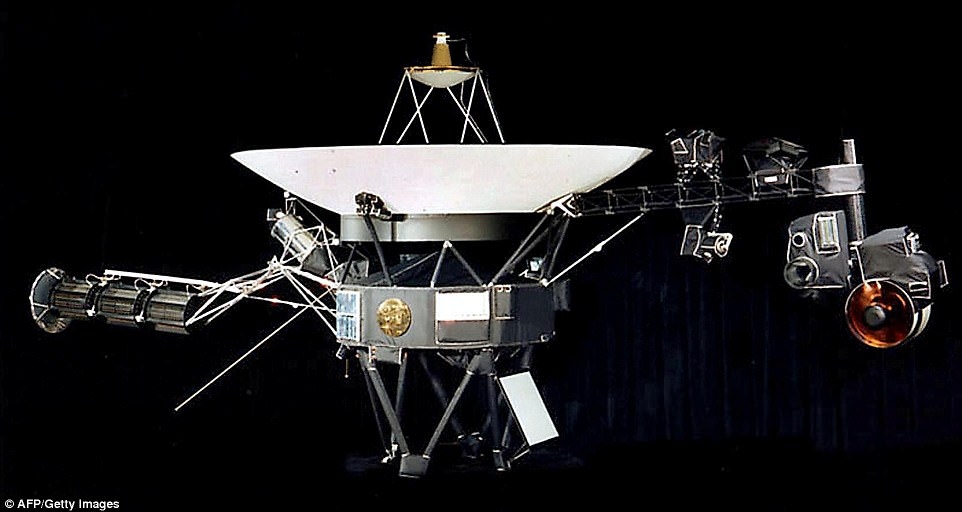At 13 billion miles from Earth, there's no mechanic shop nearby to get a tune-up. But NASA enginners have successfully fired up a set of "dormant" backup thrusters aboard the Voyager 1 spacecraft -- the farthest and fastest spacecraft -- after 37 years. The only human-made object in interstellar space -- the environment between the stars -- Voyager 1 has been flying for 40 years. It relies on small devices called thrusters to orient itself so it can communicate with Earth.
These thrusters fire in tiny pulses, or "puffs," lasting mere milliseconds, to subtly rotate the spacecraft so that its antenna points at our planet.
Now, the Voyager team is able to use a set of four backup thrusters, dormant since 1980. "With these thrusters that are still functional after 37 years without use, we will be able to extend the life of the Voyager 1 spacecraft by two to three years," said Suzanne Dodd, Project Manager for Voyager at NASA's Jet Propulsion Laboratory, Pasadena, California.
At 13 billion miles from Earth, there's no mechanic shop nearby to get a tune-up. But NASA enginners have successfully fired up a set of "dormant" backup thrusters aboard the Voyager 1 spacecraft -- the farthest and fastest spacecraft -- after 37 years. The only human-made object in interstellar space -- the environment between the stars -- Voyager 1 has been flying for 40 years. It relies on small devices called thrusters to orient itself so it can communicate with Earth.
These thrusters fire in tiny pulses, or "puffs," lasting mere milliseconds, to subtly rotate the spacecraft so that its antenna points at our planet.
Now, the Voyager team is able to use a set of four backup thrusters, dormant since 1980. "With these thrusters that are still functional after 37 years without use, we will be able to extend the life of the Voyager 1 spacecraft by two to three years," said Suzanne Dodd, Project Manager for Voyager at NASA's Jet Propulsion Laboratory, Pasadena, California.










237.jpeg)
74.jpeg)
343.jpeg)
342.jpeg)
143.jpeg)
235.jpeg)
481.jpeg)
14.jpeg)
97.jpeg)





